Beet Cultivation Master Guide
Enhancing Yield and Quality through Scientific Practices
Introduction
Global Expertise for Local Success
As a global agricultural expert with decades of experience in crop cultivation and soil management, I understand the challenges faced by beet growers worldwide. Beet cultivation offers significant economic potential for farmers in West Africa, Southeast Asia, and other regions, but achieving optimal yields requires addressing specific pain points through scientific approaches. This comprehensive guide integrates the latest research and practical strategies for successful beet production, focusing on proven techniques to overcome common cultivation challenges while maximizing both yield and quality.
Field-Proven Strategies for Reliable Harvests
Based on extensive fieldwork and collaboration with agricultural research institutions across different continents, I’ve compiled this master guide to help you navigate the complexities of beet cultivation. Whether you’re a smallholder farmer or large-scale commercial producer, implementing these evidence-based practices will help you achieve more predictable harvests and improved profitability from your beet crops.
1. Scientific Beet Cultivation Techniques
1.1 Optimal Soil Preparation and Site Selection
Beets thrive in well-drained, loose soil with a pH between 6.0 and 7.5. Heavy clay soils can cause misshapen roots and require additional amendment. Proper soil preparation begins with deep tilling (20-25 cm) to break up compaction layers that restrict root development. Incorporating organic matter such as compost or well-decomposed manure improves soil structure and water retention capacity—critical in regions with irregular rainfall patterns.
In West Africa, where soils often have lower organic matter content, adding 2 tons per hectare of organic fertilizer or using composting activators to create your own organic amendments can significantly improve soil conditions without the high cost of transportation. Research from the European Agriculture and Rural Development platform indicates that proper soil preparation can increase beet yields by up to 30% compared to minimally prepared fields.
1.2 Strategic Planting and Spacing
Planting time varies by region but should coincide with cooler temperatures for germination (15-18°C) followed by moderate growth conditions (18-23°C). In Southeast Asia, beet cultivation often succeeds better during the cooler dry season rather than the hot rainy season. Sow seeds 1-2 cm deep with 5-8 cm between plants and 30-45 cm between rows. This spacing allows adequate room for root development while facilitating weed control and air circulation.
The Farmers Business Network database reveals that improper spacing remains a major yield-limiting factor for approximately 40% of small to medium-scale beet growers in developing regions. Precision planting equipment can help achieve optimal spacing, but even with manual planting, careful attention to this detail pays significant dividends.
1.3 Efficient Water Management Practices
Beets require consistent moisture, especially during root development stages. Approximately 25-40 cm of water per growing season is ideal, applied through regular irrigation rather than sporadic heavy watering which can cause root splitting. Drip irrigation systems provide the most efficient water delivery, reducing usage by 30-50% compared to flood irrigation while minimizing leaf wetness that promotes fungal diseases.
According to China Agricultural Knowledge Center, regulated deficit irrigation strategies applied at specific growth stages can further improve water use efficiency without compromising yield. Their research demonstrates that slight moisture stress during early vegetative growth followed by adequate irrigation during root bulking can enhance sugar concentration in beet roots.
2. Addressing Major Cultivation Challenges
2.1 Nutrient Deficiencies and Soil Imbalances
Nutrient management represents one of the most significant challenges in beet production. Beets have particular requirements for boron, potassium, and sodium—elements often deficient in tropical soils. Deficiency symptoms include:
Boron: Black spots inside roots, cracked and distorted growth
Potassium: Yellowing leaf margins, reduced root size
Sodium: Reduced leaf growth and poor sugar development
Soil testing before planting is essential to identify specific nutrient limitations. Based on analysis from the Agricultural Innovation Portal, nearly 65% of beet cultivation issues in Southeast Asia and West Africa relate to unrecognized micronutrient deficiencies.
Our amino acid trace elements liquid fertilizer provides readily available boron, manganese, and zinc in chelated form that plants can efficiently absorb. Application at 3-5 L/hectare during the 4-6 leaf stage addresses common micronutrient shortages. For potassium deficiencies, our MKP fertilizer (0-52-34) provides highly soluble phosphorus and potassium that supports root development when applied during bulking phase.
2.2 Pest and Disease Management
Beets face several significant pest and disease pressures that vary by region:
Common Diseases:
Cercospora leaf spot: Small circular spots with reddish-brown borders
Powdery mildew: White fungal growth on leaves
Root rots: Various pathogens causing plant wilting and root decay
Common Pests:
Leaf miners: Larvae tunneling inside leaves
Aphids: Sap-sucking insects that vector viruses
Nematodes: Microscopic worms that cause root galls
Integrated pest management strategies combine cultural practices (crop rotation, resistant varieties), biological controls (beneficial insects), and targeted chemical interventions when necessary. Our microbial agent products containing beneficial bacteria and fungi can suppress soil-borne pathogens and nematodes when applied as a soil drench at planting.
Research from the International Centre for Agricultural Training shows that combining microbial agents with appropriate fertility management reduces disease incidence by up to 45% compared to chemical controls alone.
2.3 Weed Competition Challenges
Weeds compete with beets for nutrients, water, and light, particularly during the first 6-8 weeks after emergence. A combination of cultural, mechanical, and chemical weed control strategies proves most effective. Shallow cultivation between rows removes weeds without damaging beet roots. Mulching with organic materials suppresses weed emergence while conserving soil moisture.
For large-scale operations, pre-emergence herbicides applied after planting but before weed emergence provide effective control. Always follow label recommendations and consider rotational restrictions when selecting herbicide options.
3. Comprehensive Fertilization Strategy
3.1 Base Fertilization Application
Before planting, incorporate a balanced fertilizer based on soil test recommendations. A general guideline for beet nutrition includes:
Nitrogen: 100-120 kg/ha
Phosphorus: 80-100 kg/ha
Potassium: 150-200 kg/ha
Boron: 1-2 kg/ha
Our 21-21-21+TE water-soluble fertilizer provides an excellent balanced foundation when applied at 200-300 kg/ha pre-planting. The included micronutrients address common deficiencies that limit beet development.
3.2 Growth-Stage Specific Nutrient Applications
Beets have varying nutritional needs throughout their growth cycle:
Early Vegetative Stage (Weeks 2-4):
Focus on nitrogen and phosphorus for leaf development. Our 30-10-10 NPK formulation applied at 100 kg/ha through fertigation supports vigorous early growth.
Root Bulking Stage (Weeks 6-12):
Increase potassium and boron availability to support root expansion and sugar accumulation. Our 10-5-45 high-potassium blend with added micronutrients applied at 150 kg/ha significantly improves root size and quality.
Maturation Stage (Weeks 12-16):
Reduce nitrogen to avoid excessive top growth while maintaining potassium availability. Foliar application of our amino acid calcium magnesium fertilizer at 3-5 L/ha enhances root solid content and storage quality.
3.3 Organic Amendment Options
For organic production or soil quality enhancement, incorporate 15-20 tons/ha of well-decomposed organic matter before planting. Our slow-release organic fertilizer provides a concentrated organic amendment option requiring only 2 tons/ha to significantly improve soil organic matter content.
Alternatively, use our composting activator with local organic materials to create high-quality compost on-farm, reducing transportation costs while recycling local resources.
4. Regional Adaptation Strategies
4.1 West African Growing Conditions
In West Africa, beet cultivation faces challenges related to high temperatures, intermittent drought, and lower soil organic matter. Successful strategies include:
Shaded cultivation: Using 30-40% shade nets reduces heat stress during establishment
Mulching: Organic mulch conserves soil moisture and moderates soil temperature
Drought-tolerant varieties: Selecting varieties bred for warmer conditions
Moisture management: Our water-retaining humic acid products improve soil water retention by up to 30% when applied at 5-10 kg/ha
The USDA agricultural research service notes that incorporating organic matter and moisture retention amendments represents the most effective strategy for adapting cool-season crops to warmer climates.
4.2 Southeast Asian Growing Conditions
In Southeast Asia, high rainfall and humidity present different challenges, including nutrient leaching and fungal diseases. Effective adaptation approaches include:
Raised beds: Improve drainage in high rainfall areas
Protected cultivation: Plastic tunnels or rain covers prevent waterlogging
Frequent light fertilization: Split applications reduce leaching losses
Disease-resistant varieties: Reduce fungal disease pressure
Our foliar-applied nutrients provide an effective solution when soil conditions limit nutrient availability. Foliar application during periods of active growth can supplement soil-based fertilization programs.
5. Harvest and Post-Harvest Management
5.1 Determining Optimal Harvest Timing
Beets typically reach maturity 70-90 days after planting, depending on variety and growing conditions. Harvest timing affects both yield and quality—roots become woody and less sweet if left in ground too long. Proper maturity indicators include:
Root diameter of 3.5-7.5 cm (depending on market requirements)
Fully developed color characteristic of the variety
Smooth root surface without obvious fibrousness
For sequential harvesting, begin pulling larger roots first while allowing smaller ones to continue developing.
5.2 Proper Harvesting Techniques
Careful harvesting minimizes damage that reduces marketable yield and storage life. Lift roots using digging forks or commercial harvesters set to appropriate depth to avoid cutting or bruising. Remove tops by twisting rather than cutting to prevent bleeding of color and nutrients.
Research from the Agricultural Innovation Portal indicates that proper harvesting and handling techniques can reduce post-harvest losses by up to 40% compared to careless methods.
5.3 Post-Harvest Handling and Storage
For fresh market sales, remove soil with gentle brushing rather than washing which increases decay risk. Store beets at near 0°C with 95% relative humidity for extended shelf life. Under proper conditions, beets can be stored for 3-5 months while maintaining quality.
For processing markets, timely delivery after harvest maintains the highest sugar content and processing quality.
Conclusion
Successful beet cultivation requires integrated management addressing soil preparation, nutrient management, pest control, and harvest practices. By implementing the science-based strategies outlined in this guide, growers in West Africa, Southeast Asia, and other regions can significantly improve both yield and quality of their beet crops.
The most effective approach combines regional adaptation with precision nutrient management tailored to specific growth stages. Our specialized fertilizer products, including the amino acid trace elements liquid fertilizer for micronutrient supplementation and MKP fertilizer for root development support, provide targeted solutions to common cultivation challenges. For more products, please click to visit our store.
Remember that local conditions vary, and successful growers continuously adapt general recommendations to their specific circumstances. Regular soil testing, careful observation, and record-keeping form the foundation of continuous improvement in beet production systems.
If you are interested in this article, or have any questions that need to be answered,
You can find us at any time through the chat icon in the lower right corner of the webpage. Of course, you can also check out our other social media (such as Linkedin) to learn more about us.
Reference Sources:
European Agriculture and Rural Development platform (https://ec.europa.eu/agriculture/)
- USDA Agricultural Research Service (https://www.ars.usda.gov/)
Agricultural Innovation Portal (https://www.aginnovation.org/)
International Centre for Agricultural Training (https://www.icat.org/)
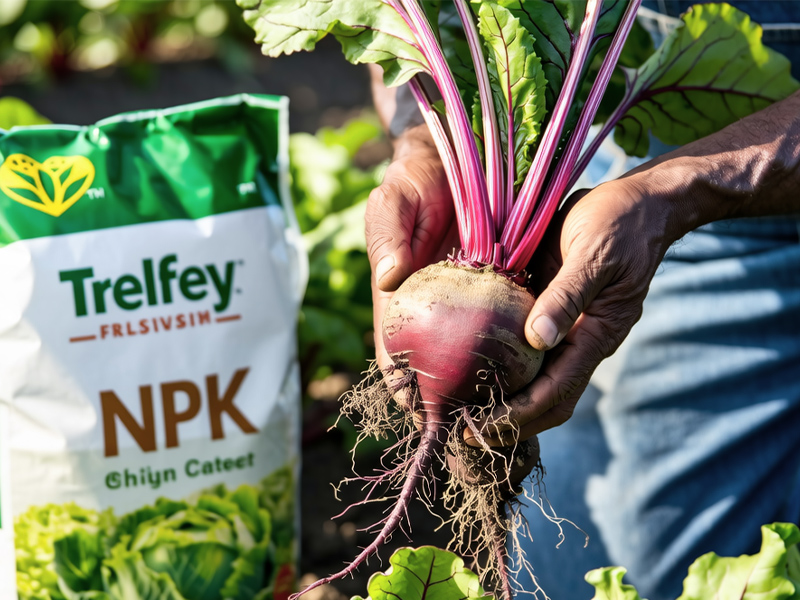
Thriving sugar beet field with our fertilizer! 🌱 Notice the uniform growth & deep green leaves – key signs of proper nutrition. Higher yields start with smart feeding!
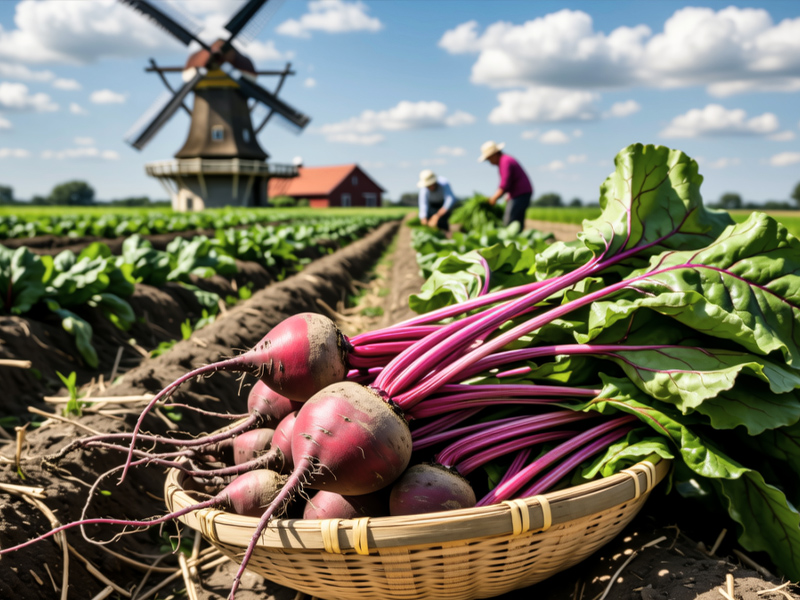
Bountiful harvest achieved! 🧺 Our fertilizer boosts sugar content & size – these beets are market-ready. Quality that translates to profits!
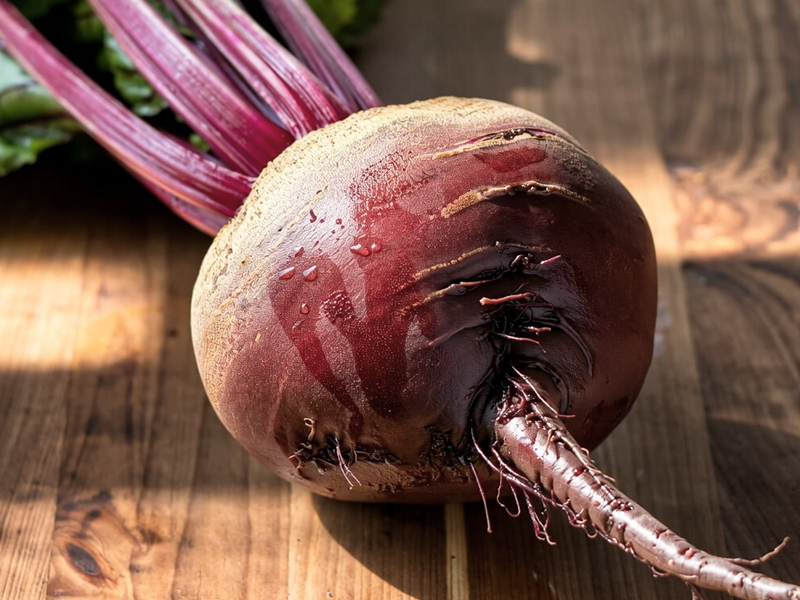
Perfect sugar concentration! ✨ The crisp white rings prove our fertilizer optimizes sucrose development. Taste the difference science makes!
Beet Fertilizer
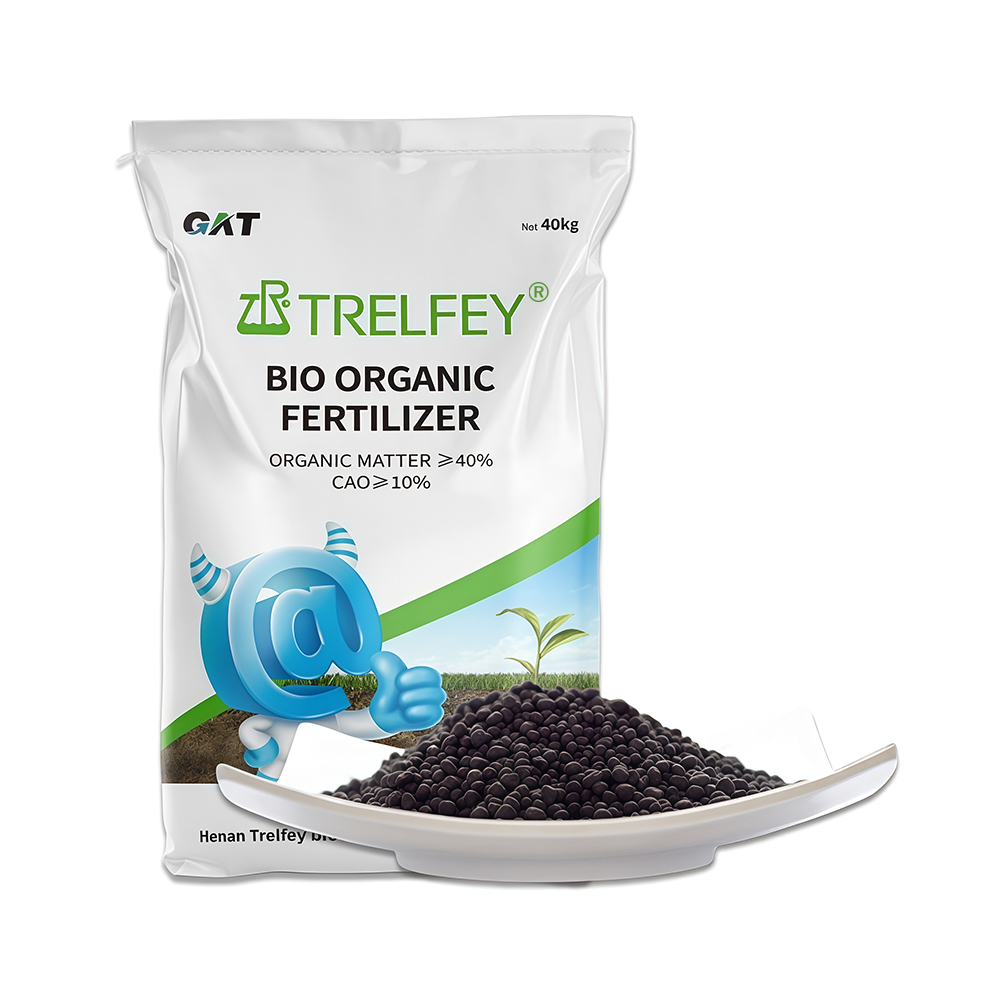
Bio-organic fertilizer
Organic matter ≥40%, CaO≥10%
The number of beneficial live bacteria ≥0.20 billion/g
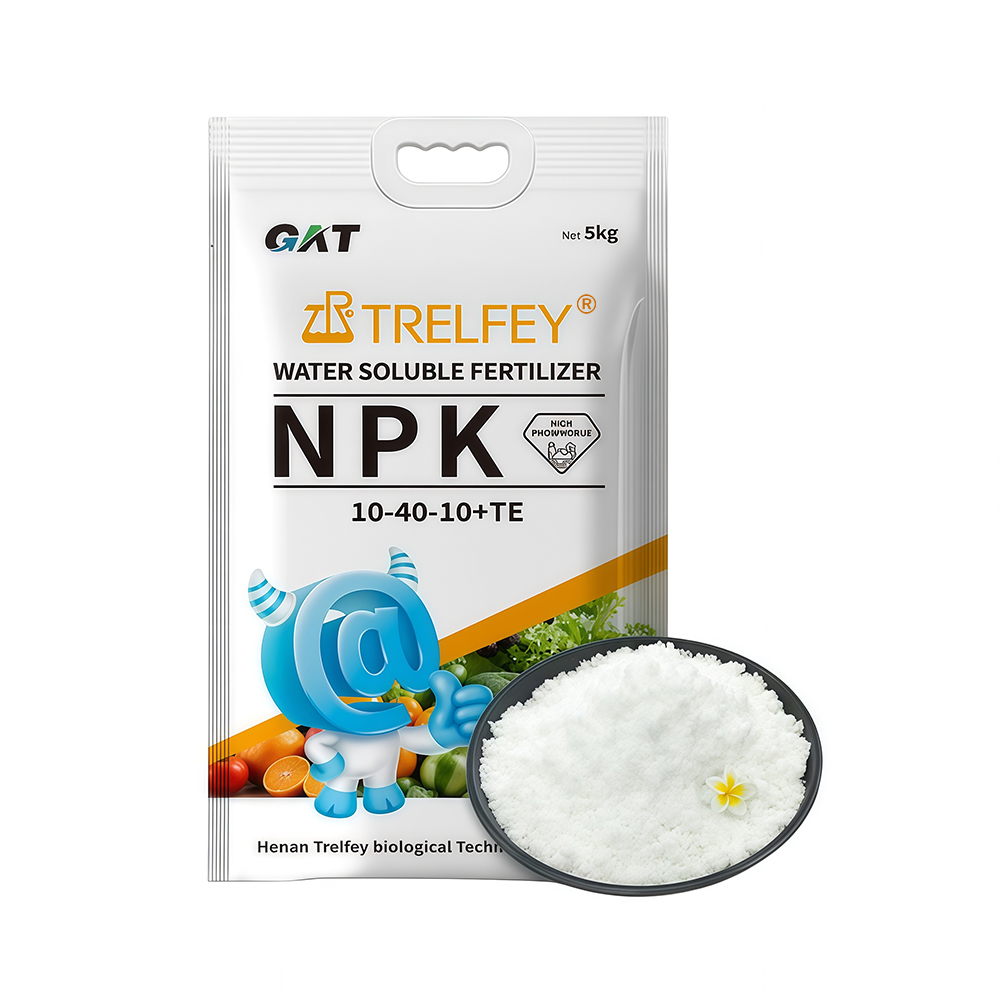
Water soluble fertilizer
Protect the roots and nourish the roots, protect the buds and protect the flowers
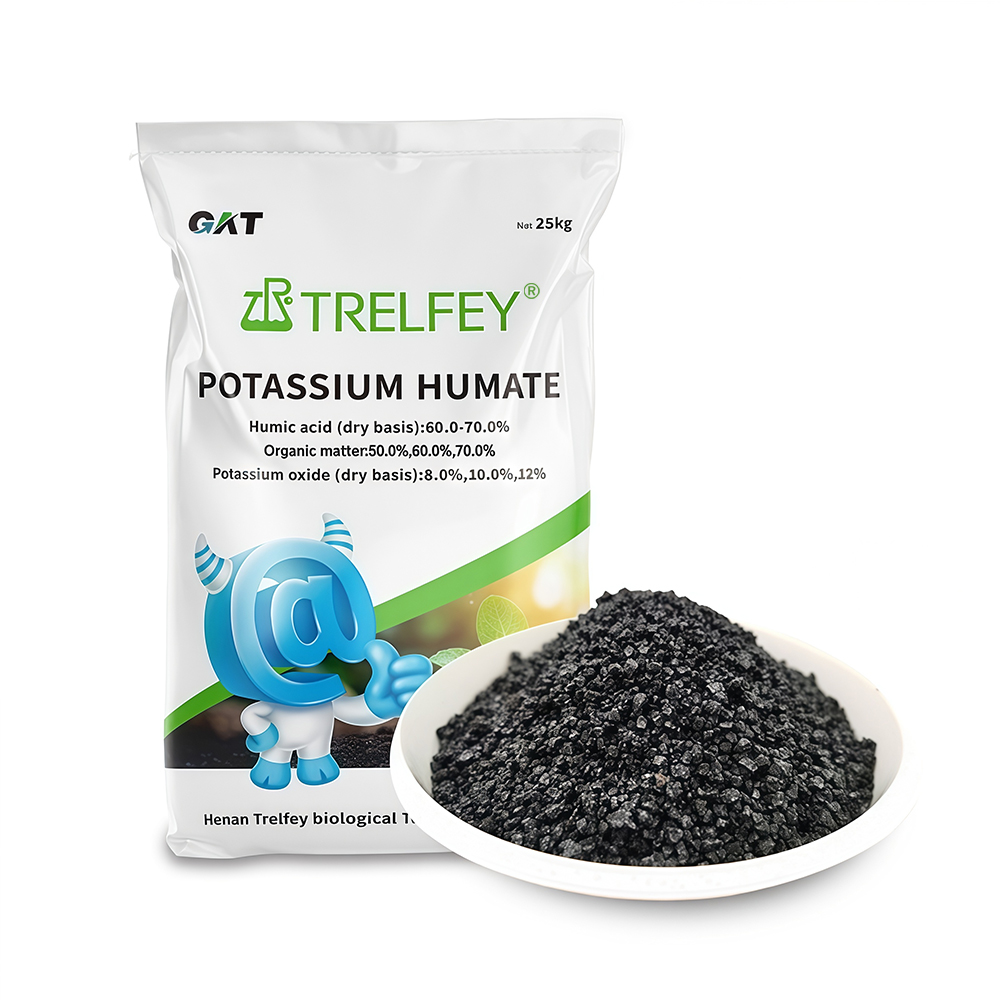
Potassium humate granules
Humic acid (dry base): 60.0-70.0%
Total nutrient (KOO): 8.0%-12.0% (customizable)
